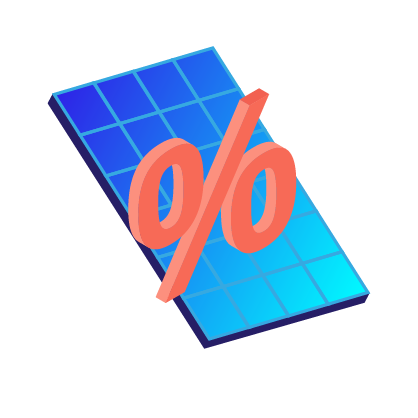Bacteria-enhanced Solar Can Boost Production in Cloudy Skies
In May 2018, researchers at the University of British Columbia discovered a new way to build solar cells that incorporate bacteria. Yes, germs… But the helpful kind.
Their new method has the potential to be cheap, sustainable, and, best of all, highly efficient in dim lighting. This living cell could make solar systems much more attractive for cloudy places lacking in sunlight.
A Simple Explanation of Biogenic Solar Cells
While most solar cells on the market are made of silicon, biogenic cells are not a recent discovery.
Scientists previously extracted the natural dyes bacteria utilize to generate energy in photosynthesis, like plants. It’s a biochemical reaction, but the end result is the same: solar cells convert sunlight into usable electricity for our use.
Because the process is costly and time-consuming, biogenic cells have taken a backseat in the industry. However, the Canadian researchers’ method, which was discovered while working with E. coli, offers a much more economical alternative.
In fact, the new process of extracting dye is about 90% cheaper. According to Sarvesh Kumar, one of the paper’s lead authors:
“This is the first study demonstrating genetically engineered biogenic materials for solar cell fabrication. We utilized a harmless bacteria and re-engineered its internal machinery to produce a photoactive pigment called lycopene.”
Bacteria-based Solar Efficient in Cloudy Areas
The new cells are almost twice as effective and, better yet, exhibit comparable efficiency in both dim and regular lighting. This quality could make them extremely well-suited to gray areas. This genetically modified bacteria may very well create the best solar panel for cloudy conditions.
Vancouver, British Columbia sees its fair share of cloudy days. The city only gets about 1900 hours of sunlight annually which is definitely lacking in comparison to Los Angeles’ 3246 hours.
It comes as no surprise, then, that the Canadian scientists were motivated to create cloud-friendly solar cells.
According to lead researcher and UCB professor Vikramaditya Yadav:
“Our solution to a uniquely B.C. problem is a significant step toward making solar energy more economical.These hybrid materials that we are developing can be manufactured economically and sustainably, and, with sufficient optimization, could perform at comparable efficiencies as conventional solar cells.”
The Future of Bio-PV
Before the cells go much further, researchers must find a way to protect the longevity of the bacteria in use.
While the cells are not currently on the market, the researchers hope that their technology will soon help improve the efficiency of all solar panels. “We don’t view our technology as a competitor to conventional solar cells. Rather, they are a compliment,” said Yadav.
This new method is just one of the many exciting technological advancements helping to propel solar both in the US and around the world.











